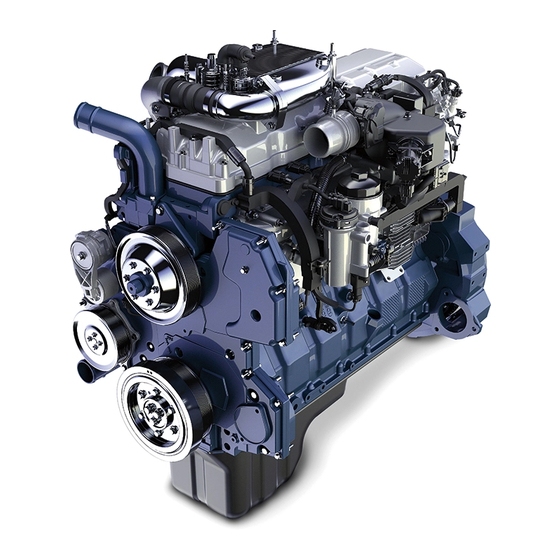
Advertisement
Table of Contents
- 1 Table of Contents
- 2 Diagnostic Trouble Code (Dtc's) List
- 3 Operational Checkout Procedures
- 4 Preliminary Vehicle Operational Checkout Procedure
- 5 Engine Does Not Start Operational Checkout Procedure
- 6 Engine Hard to Start Operational Checkout Procedure
- 7 Engine Running, Engine Not under Load Operational Checkout Procedure
- 8 Engine Running, Engine under Load Operational Checkout Procedure
- 9 Cooling System Operational Checkout Procedure
- 10 Lube Oil System Operational Checkout Procedure
- 11 Fuel System Operational Checkout Procedure
- 12 Engine Compression Brake Operational Checkout Procedure
- 13 SCR Aftertreatment Operational Checkout Procedure
- 14 ECM Loss of Communication
- Download this manual
Advertisement
Table of Contents










Need help?
Do you have a question about the N9 and is the answer not in the manual?
Questions and answers